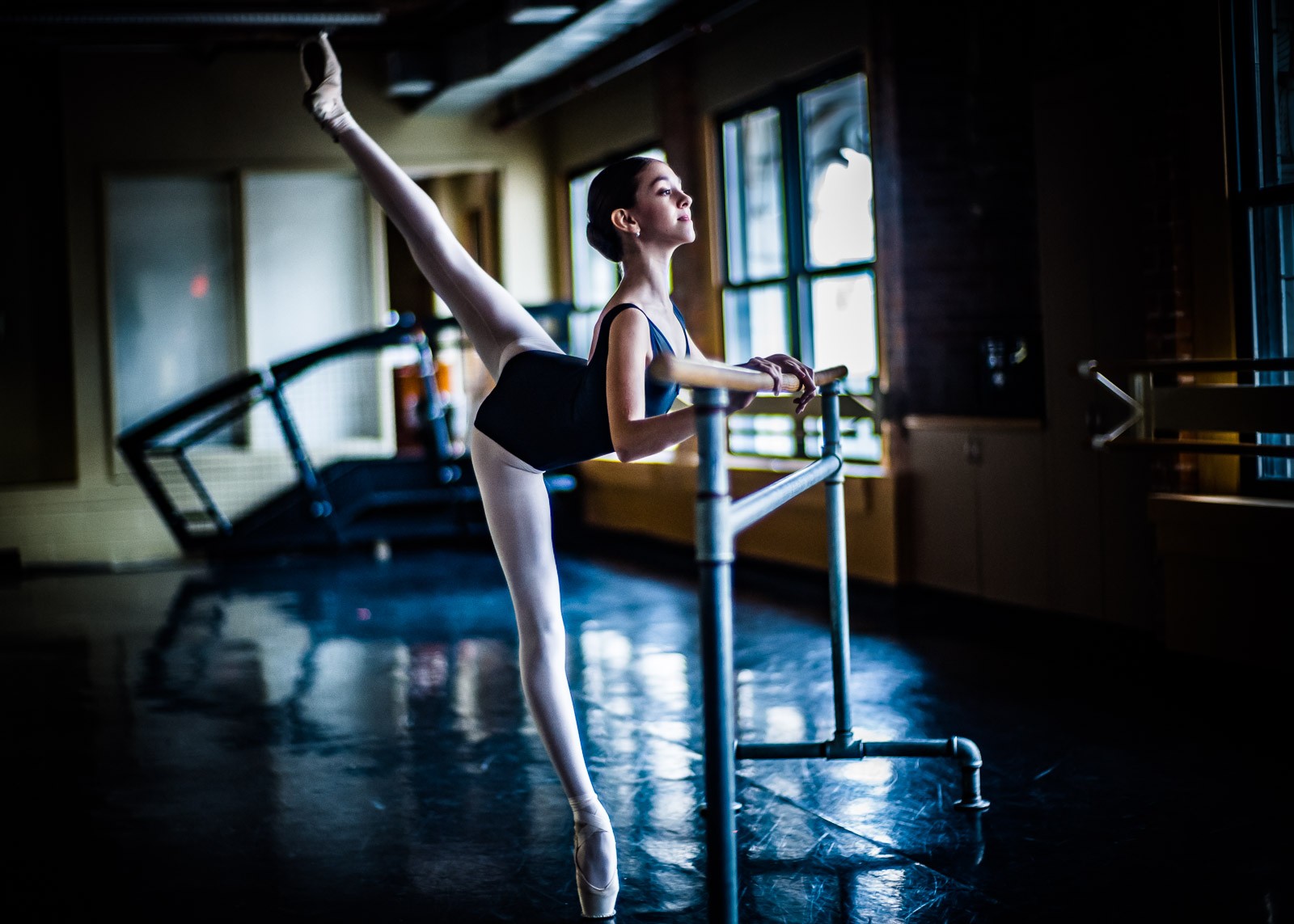The Role Of Optics
As we discussed in the first part of the article, we have a few techniques at out disposal that make still pictures look like movie stills. Some of them deal with image depth, others help the eye with wide aspect ratios of the motion picture. This time around we will talk about optics capable of creating the look so characteristic of the cinema.
To really get to the bottom of this, we need to go all the way back to the film times and take a look at how movie rigs of the past were constructed. Unlike in still photography, film motion picture cameras used to be equipped with rotary disk shutters. The rotary shutter in its simplest form is a disk with with a cut-out, or sometimes a half of a disk, which rotates in front of the frame (Fig.1). While the film is fed through the rig, the shutter rotates periodically opening the frame for a measured amount of time.

Except for special cases of high-speed recording, the film travels at the rate of 24 frames per second. At the shutter angle of 180º, the frame stays open for 1/48 sec, which is half the time the film is there. As we know from still photography, at this shutter speed moving objects are not rendered critically sharp due to the phenomenon known as motion blur. We do not notice motion trails because 24 frames per second equals the time of inertia of the human retina, moreover, this residual blur make the moving image look smoother. Shorter shutter speeds at this frame rate make the footage look somewhat jerky, hence 1/48. However, what about the sharpness?
As you already know from this blog article, some lenses have a curious property of rendering an image that looks acceptably sharp even when it is slightly out of focus. Same holds true for the slight motion blur situations. What makes this happen is high micro-contrast not uncommon in older lenses, especially of German design. An added benefit of high micro-contrast is the high degree of perceived image depth. This is, by the way, one of the reasons why some cinematographers modify now discontinued Leica R lenses for compatibility with their movie cameras and camcorders.

Just look carefully at Fig.2: Betty Boop’s head is outside of the DOF area, the whole front plane is not critically sharp, which is not a surprise at 1/8 of a second. Yet it does not seem that way until you actually pay attention. The illusion of depth effectively overpowers this lack of sharpness, and this fact prevents the image from looking technically flawed.
A very similar situation is shown on Fig. 3. It was shot with a 35mm lens at f/1.4 and focused on the phone held by a selfie stick. A male model is behind the plane of focus, yet his face is visibly sharp.

The last example shows how a high micro-contrast lens renders motion blur. This is the situation very similar to what happens on a motion picture set, but taken to the extreme: the camera is steady, but the shutter speed is too slow to freeze the motion of people in the frame. Yet, this motion blur does not feel wrong, it only makes the picture look more dynamic. Again, it is the lens high micro-contrast that saves the day:

So, to sum up our findings, if you want to make your pictures look more movie-like, i.e. to seem sharp without actually being sharp, do not try to do it with a 18-element image-stabilized zoom (exclusions apply), or a super-fashionable Sigma Art lens. An old German prime from 1960-1980 will be a much better choice.
Irakly Shanidze © 2017

You must be logged in to post a comment.